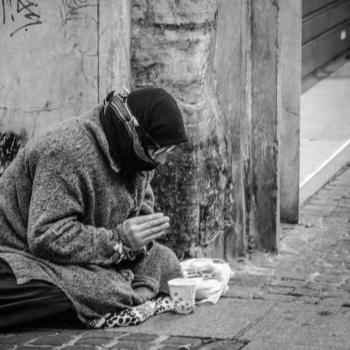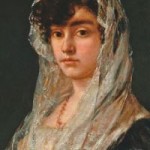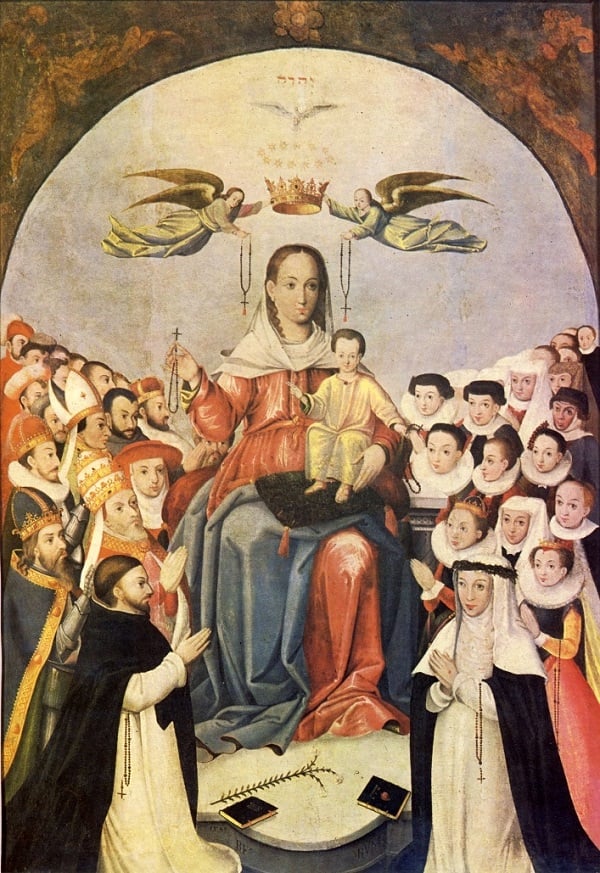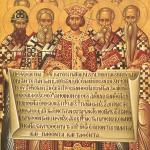 When I was young, my cousin served in the Armed Forces in Asia. While there, he bought his parents a gift: a painting of the Last Supper by a local artist. Jesus and the twelve apostles were drawn from the perspective of the Asian painter—and all had the characteristic yellow skin, broad faces and almond eyes.
When I was young, my cousin served in the Armed Forces in Asia. While there, he bought his parents a gift: a painting of the Last Supper by a local artist. Jesus and the twelve apostles were drawn from the perspective of the Asian painter—and all had the characteristic yellow skin, broad faces and almond eyes.
Here in the United States, Father John Giuliani is an accomplished artist whose works depict Jesus and Mary in the style of the Hopi Tribe of northeastern Arizona.
Asked why he portrays the faces of the sacred as Native Americans, Father Giuliani explains:
As a Catholic priest and son of Italian immigrants, I bear the religious and ethnic burden of ancestral crimes perpetrated on the first inhabitants of the Americas. Many have been converted to Christianity, but in doing so some find it difficult to retain their indigenous culture.
My intent, therefore, in depicting Christian saints as Native Americans is to honor them and to acknowledge their original spiritual presence on this land. It is this original Native American spirituality that I attempt to celebrate in rendering the beauty and excellence of their craft as well as the dignity of their persons.
In the painting of a Madonna and Child, Father Giuliani depicts the traditional Hopi features. The mother’s manta and the child’s shirt are richly embroidered with traditional Hopi design and symbol. Mary wears a multi-layered bead necklace; and her ceremonial moccasins rubbed with kaolin take on the seasoned patina of an old adobe wall. The Christ Child stands barefoot on a Moquin pattern serape, and is shawled in a Hopi child’s fabric.

Father Giuliani is the 2007 recipient of the Mother Theresa Award for Religious Art. In 2001 he was honored to be asked to create the banner for the annual Pallio in Italy. His work has been exhibited at the Cathedral of St. John the Divine in New York City, the New Britain Museum of American Art, the Marian Institute in Dayton, Ohio, the Basilica of St. Mary in Minneapolis and at the Aldrich Museum in Ridgefield, Connecticut. Several dozens of his work are in private collections throughout the country.
You can see more of Father Giuliani’s Native American art, order prints, posters and note cards, or obtain more information at Bridge Building Images.















